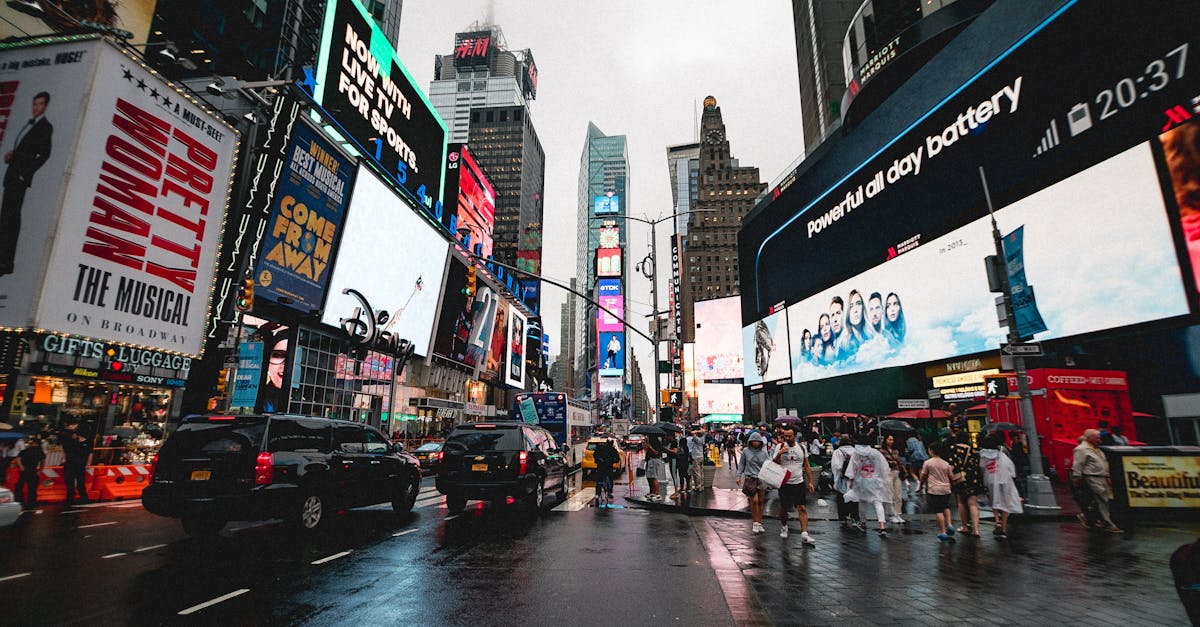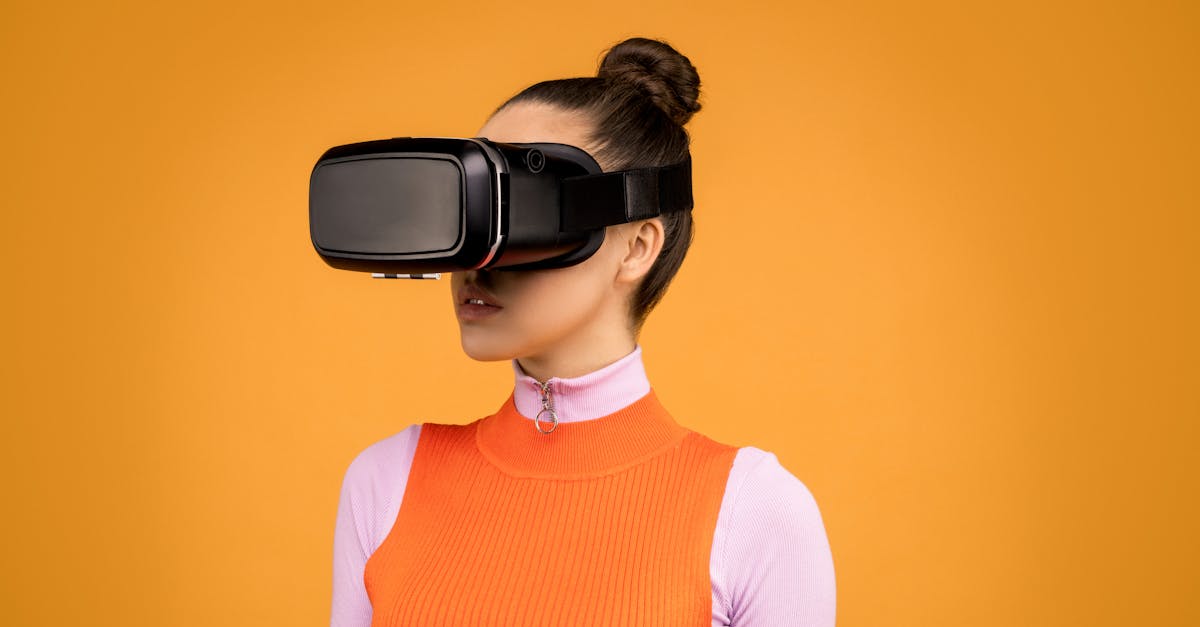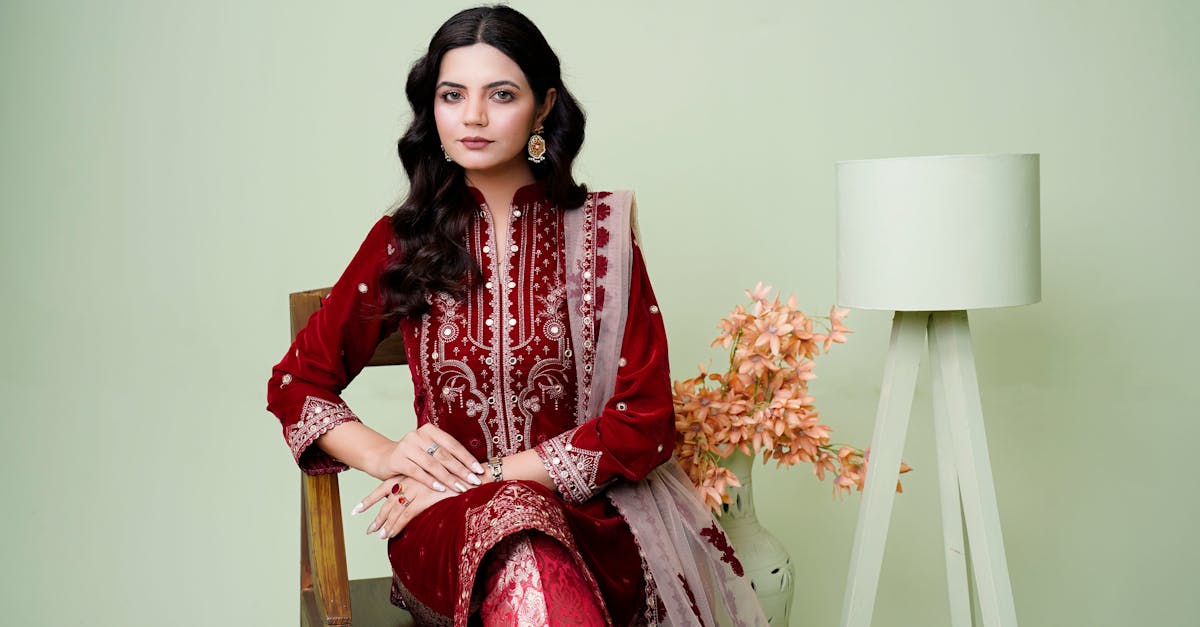The Convergence of Fashion Technology
Introduction
Fashion technology is revolutionizing the way we design, consumer, and view fashion. This intersection of innovation and style is reshaping the industry, offering new avenues for creative expression. Technology's influence on fashion is profound, impacting materials, design processes, and consumer experiences.
Advertisement
The Digital Design Revolution
In recent years, digital design tools have become integral to the fashion industry. Software like CLO 3D allows designers to create life-like 3D models of clothing, reducing material waste and accelerating the design process. This technology is not only cost-effective but also environmentally friendly, making it an essential tool for modern designers.
Advertisement
Sustainable Fabrics and Manufacturing
As awareness of environmental impact grows, the fashion industry is turning to technology for sustainable solutions. Innovations in materials, such as bio-fabricated leather and recycled fibers, are reducing the industry's carbon footprint. Advanced manufacturing techniques, including 3D printing, further enhance the sustainability of fashion production.
Advertisement
Wearable Technology
Wearables have shifted from gadgets to fashion statements. Smartwatches and fitness trackers are popular, but designers are also embedding technology into clothing. Innovations like heated jackets and mood-sensitive color-changing fabrics highlight the fusion of practicality with style in modern apparel.
Advertisement
Artificial Intelligence and Personalization
Artificial intelligence (AI) is transforming how consumers interact with fashion brands. AI-driven algorithms analyze consumer preferences, allowing for personalized shopping experiences. Virtual try-ons and customizable products mean consumers can visualize and tailor items to fit their unique style before purchasing.
Advertisement
Augmented Reality in Retail
Augmented reality (AR) is enhancing the retail experience by blending digital and physical worlds. Customers can use AR apps to visualize how garments will appear on them without trying them on physically. This technology offers convenience, especially in the wake of the global shift towards online shopping.
Advertisement
Virtual Fashion Shows and E-commerce
The rise of virtual fashion shows highlights the ongoing digital transformation in the fashion sector. These events allow brands to reach global audiences without the traditional costs and logistics. E-commerce platforms are utilizing virtual showrooms to provide immersive shopping experiences that mimic in-person encounters.
Advertisement
Blockchain for Transparency and Ethics
Blockchain technology is being adopted to ensure transparency in supply chains, combating issues like counterfeiting and ethical labor practices. Consumers can trace a product's journey from raw material to finished garment, making it easier to support brands that align with their values.
Advertisement
Challenges in Fashion Technology
While fashion technology offers numerous benefits, it also presents challenges. Balancing digital innovation with traditional artistry requires careful integration. Moreover, ensuring data privacy and addressing the digital divide in access to these innovations are ongoing concerns that must be addressed as the industry evolves.
Advertisement
Conclusion
The convergence of fashion and technology is a dynamic partnership that promises a more sustainable, personalized, and innovative future. As brands adopt these advancements, the potential for creative exploration and environmental responsibility becomes endless. Fashion technology is crafting a future where innovation meets imagination on the runway of everyday life.
Advertisement








